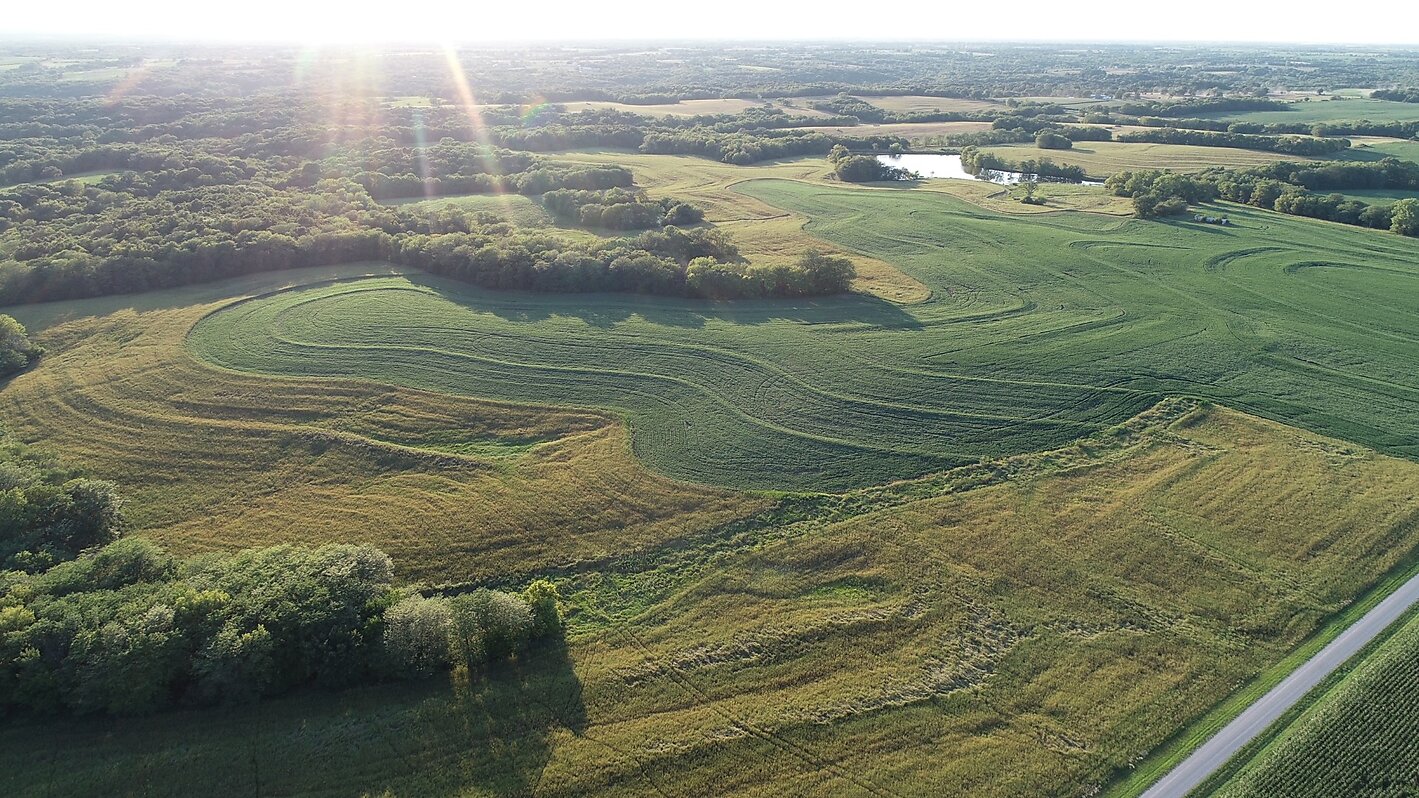But after years of crop failures due to capricious weather and counterproductive farming practices, Brown started to rethink the way he ran his family’s operation, shifting his focus from sustaining degraded soil to regenerating his land. He stopped tilling the ground, phased out all chemical inputs, cycled through diverse cover crops, restructured his livestock’s grazing habits, and implemented other processes that vastly improved the ranch’s soil health and overall ecosystem.
He also started to reconsider his attachment to the government programs that many American farmers depend on, realizing that running a farm to maximize subsidy revenue creates a pernicious cycle of monoculture cropping, harmful synthetic inputs, and time wasted in listless offices instead of experimenting through trial and error on his own land.
“I don’t miss walking into those [government] offices and doing the paperwork and they know every single thing about my operation,” said Brown, who expanded his farm to more than 5,000 acres and has since turned over day-to-day management to his son. “And they say, ‘Oh, but it takes away your safety net.’ My safety net is the resiliency built into my soil. My safety net is the health of the operation. My safety net is the fact that I don’t rely on only one or two commodities to make my income. We have 17 different enterprises on our ranch now. So I’m resilient—our ranch is resilient—because of the diversity and because of the health of the ecosystem. That’s very liberating. It’s a good feeling.”



